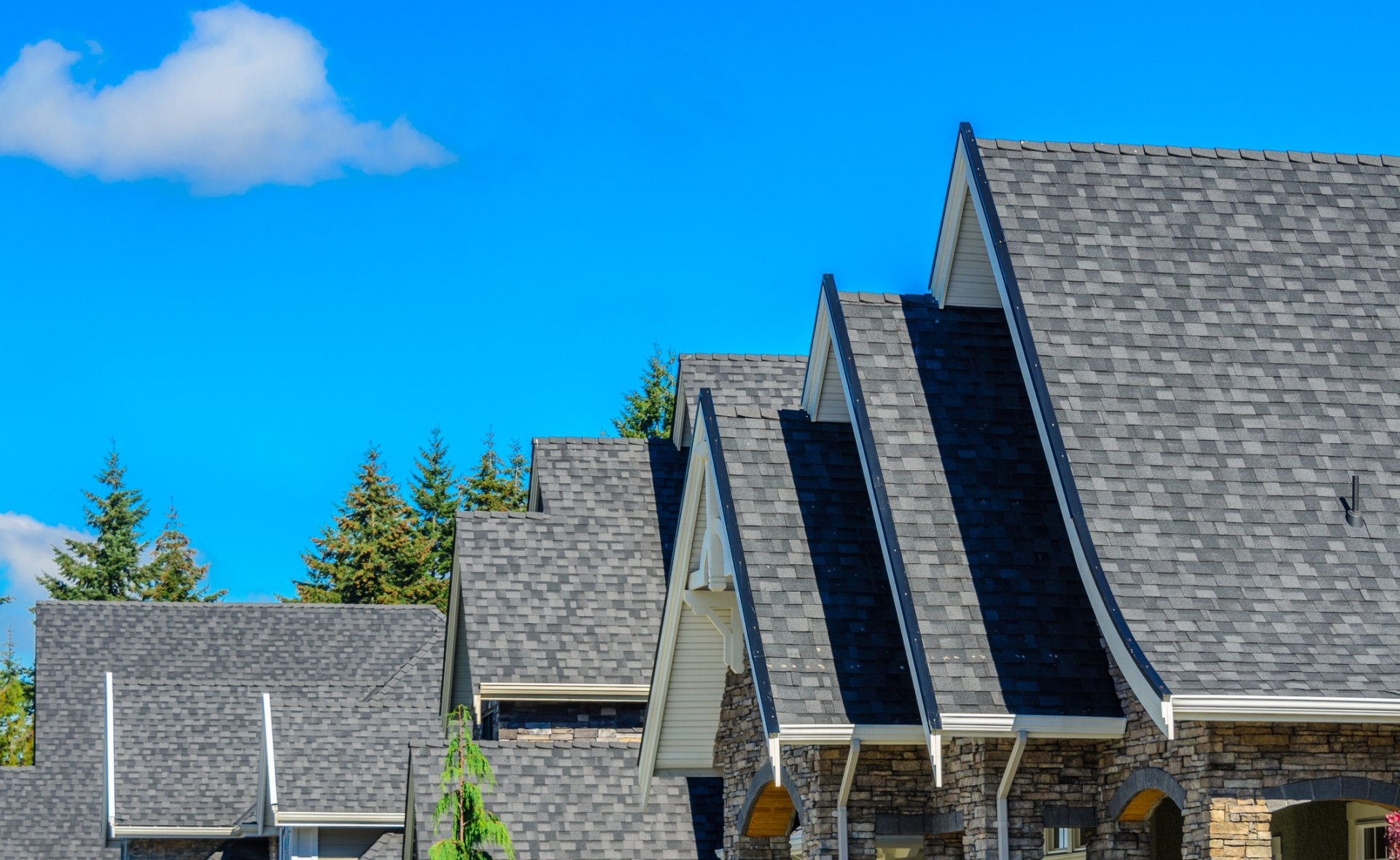How to tell If High Winds Have Damaged Your Roof
Winds can cause damage to homes, which many homeowners aren't aware of. The force of the wind can create hazards like downed power lines, tree uprooting, and falling branches on your property. Although these dangers are usually associated with a major storm, the winds themselves can cause structural damage to your home. When strong winds blow the shingles may fall off a roof or become detached. Even shingles that are secure and new might be torn away by the speed of strong winds. The force of strong winds can cause roof damage due to fallen objects and debris like tree branches, as well as downed powerlines. This kind of damage from wind can be rectified by repairing the use of city roofs and exteriors.
Wind Damage
What wind speeds should you be concerned?
45 from 55 to 45 mph
Winds of 45 mph can cause minor damage, according to the National Weather Service, although this is classified as "non-severe." The non-severe winds could cause shingles or tree branches to break or become fragile, and could force them to fall off.
58 mph up to
Winds can cause severe damage to structures and landscaping when they become strong. These kinds of winds could cause harm to trees and structures, including the ability to uproot entire trees and shingles and cause chimney issues.
75+ miles per hour
At this pace, trees will be uprooted and mobile homes could be flipped and commercial and residential roofs are likely to be damaged.
Wind Damage to Your Roof How to Recognize It
If you've experienced recent winds of more than 45 mph, give us a call and we'll come out and examine your roof for the most typical symptoms of roof damage. Wind damage to a roof can be observed in shingles that are missing or loose and chimney issues as well as peeling and curling shingles, loss of granules damaged fascia or soffit and leaks inside. Tree branches may also fall during high winds, which can cause roof damage.
Roof Wind Damage
- Granules found in Spots Shingles are missing from your collection.
- Like hail, wind can lead to loss of granules (the sandpaper-like part of the roofing shingle). The first place to look to see if there are missing granules is your gutters. This is where they can accumulate.
- The roof's edge is curled due to peeling of the shingles. Winds are more likely than other pressure points to cause roof damage. We'll look for shingles that are curly where the wind has taken hold and begun peeling the shingles during our inspection. Shingles are designed to keep water out, so when they fall off, the roof will be damaged by water and a degrading roof will occur.
- Roof Shingles are missing completely The most evident indication of a roof that is damaged. It is best to consult an expert if you observe shingles missing from your property or even on your property. The force of the wind can completely pull the roofing shingles off, exposing it to elements.
- A flat rubber Roof with Cracks or Tears We'll look the roof for any missing pieces or tears in the roofing material in the case of a flat roof. Wind can raise the material and tear it down, or leave it with bubbles, compromising the covering's integrity.
- Fascia or Soffit Damage : Soffit and fascia, similar to shingles, prevent water from your roof, thus reducing the chance of leaks. A damaged soffit or fascia could result in water infiltration and animals entering your home. The wind can create cracks, loose, bent regions, and even the complete removal of loose fascia.
- Chimneys Do you notice that your chimney is to be a little out of control? This will alert you to the possibility of an issue. Sometimes, we find an unattached lashing which compromises the chimney seal, allowing water in.

